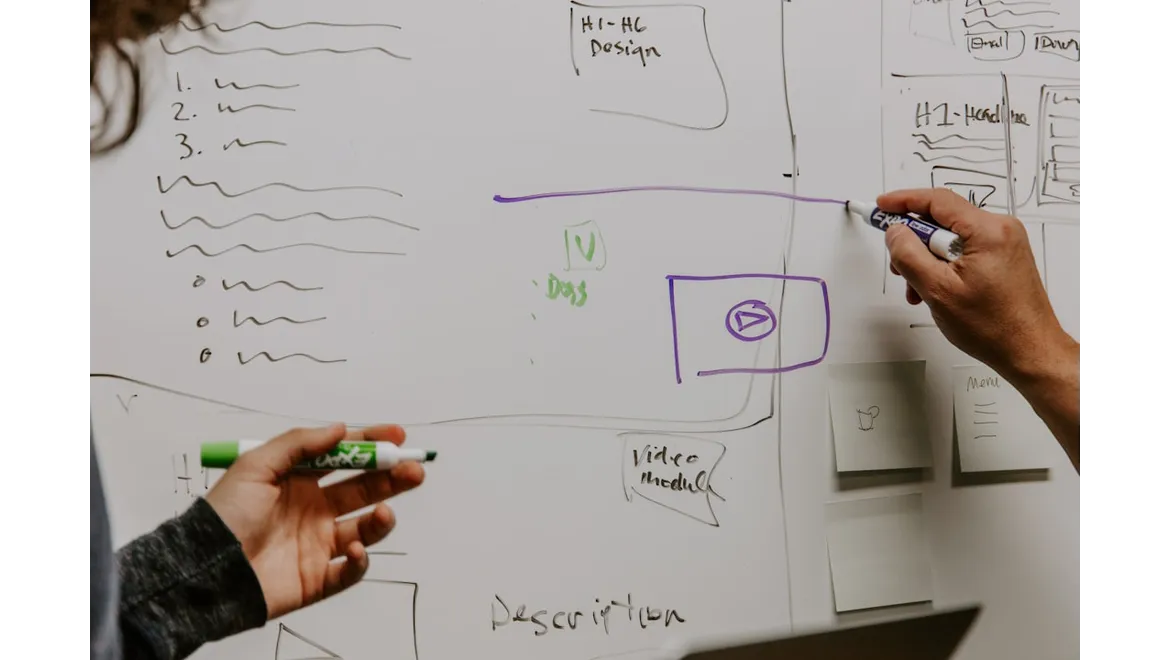In the realm of technical SEO audits, few practitioners possess the depth of understanding and practical expertise as James Mitchell, a seasoned SEO consultant with five years of experience partnering with leading U.S. brands. Mitchell has refined a methodology that prioritizes impactful modifications, delivers actionable insights, and harnesses artificial intelligence to amplify audit efficiency and client success. Here, we delve into Mitchell’s seven essential tips for crafting high-impact technical SEO audits.
James begins by emphasizing a counterintuitive principle: “Less is usually more.” He critiques the common practice among SEO professionals of producing exhaustive audits that cover every conceivable detail, mistakenly equating volume with value. This approach, he argues, often inundates clients and diverts attention from the most critical changes.
“Think about the Pareto Principle,” Mitchell asserts, referring to the notion that 80% of results stem from 20% of causes. “In SEO, a few pivotal issues typically create the largest bottlenecks. Identifying and addressing these can yield substantial results.” He recalls a project with a major ecommerce site where a mere 20% of product pages generated 80% of organic traffic. By concentrating efforts on optimizing these high-traffic pages, his team achieved significant improvements without dissipating their resources.
Mitchell further underscores the importance of a prescriptive over a descriptive approach. “Imagine consulting a doctor who only informs you that your blood pressure is high but offers no treatment,” he analogizes. “That’s what many SEO audits feel like to clients.” He advocates for audits that not only identify issues but also offer clear, prioritized action steps. For example, if an audit identifies 20 broken backlinks, it should rank these links by value, recommend redirect paths, and prioritize which links to address first. Such a prescriptive approach ensures clients know precisely what steps to take next.
While automated tools are invaluable for initial data collection, Mitchell warns against over-reliance on them. “Automated audits lack the nuanced understanding of a website’s specific context and goals,” he cautions. Instead, he prefers beginning with an analysis of keywords and traffic patterns, which often provide deeper insights. For instance, he recounts a situation where automated tools suggested numerous technical fixes for website speed. However, a closer examination of keyword performance revealed that the site’s speed was already competitive within its niche, indicating that other factors were more pressing.
Mitchell also highlights the importance of client education as a fundamental aspect of an effective audit. “A good audit isn’t just about fixing issues; it’s also about educating the client,” he notes. He believes that helping clients understand SEO principles and the rationale behind recommendations fosters greater buy-in and implementation success. His strategy involves starting with an overview of how search engines operate and what users seek before diving into specific recommendations. This approach helps clients perceive SEO as an integral part of their overall business strategy rather than merely a technical task.
The feasibility of recommendations is another critical aspect Mitchell addresses. He stresses the importance of consulting with web developers before presenting audit items to clients. “Not all recommendations are easy to implement across different website environments,” he explains. By acknowledging technical limitations and development priorities, SEOs can avoid suggesting impractical changes and foster better collaboration with development teams. This alignment ensures that recommendations are not only actionable but also in harmony with broader technical and business objectives.
Mitchell also emphasizes the necessity of measuring the impact of implemented changes. “Many SEO professionals deliver an audit and consider their job done, but this overlooks a crucial step: measuring the impact of implemented changes,” he states. Measurement serves dual purposes: it helps clients see the value of the changes and provides feedback to refine future audits. He recommends associating changes with specific keywords or pages to facilitate tracking improvements, ensuring that both SEO and UX enhancements can be effectively measured.
Artificial intelligence has revolutionized technical SEO audits, and Mitchell has been quick to integrate these advancements into his methodology. He shares how AI tools like ChatGPT can generate optimized title tags and headers across numerous pages, saving time and ensuring consistency. “AI can also assist with data analysis and pattern recognition,” he notes. “For instance, AI models can forecast the potential impacts of recommended changes, offering clients a clearer picture of expected outcomes.” However, Mitchell cautions that AI should complement, not replace, professional judgment. “Always review and validate AI-generated insights before including them in your audit,” he advises.
In sum, James Mitchell’s insights provide a comprehensive roadmap for conducting technical SEO audits that drive tangible improvements. By concentrating on high-impact changes, offering actionable advice, and leveraging AI, SEO professionals can deliver audits that significantly enhance search performance and deliver substantial value to clients. Implementing these seven tips can transform the approach to SEO audits, ensuring that efforts lead to meaningful and enduring results.











